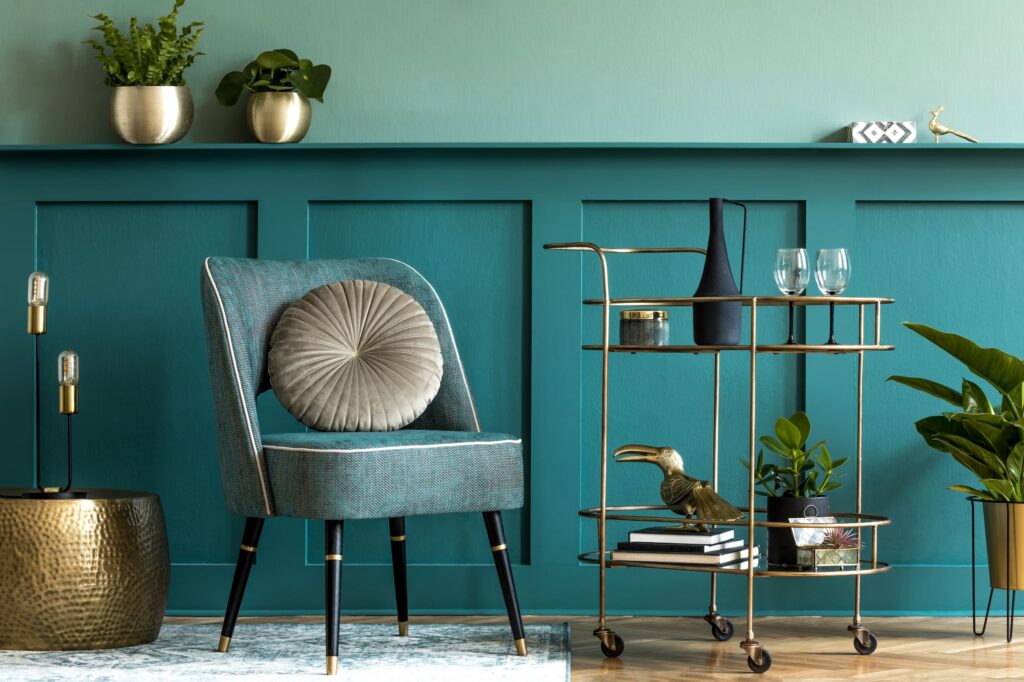
By now, you’ve probably heard a lot about 3D visualization and its various perks. And if you’ve been following this blog for any amount of time, you’re something of a 3D visualization expert by now. But believe it or not, there’s still plenty more to learn. One important benefit of 3D visualization that we’ve only briefly touched on is how it can help brands stay on top of the latest styles and optimize sales through interior designers and showrooms. Keep reading to find out how!
When discussing the end-user of your product, in this case, the consumers who buy the furniture you sell, whether that’s through showrooms, retailers or interior designers, it’s tempting to make generalizations. However, even within the relatively niche market of high-end residential furniture, there are a wide range of consumers that bring their various experiences and expectations to the table.
Interior Design after COVID-19
The impact that 2020 has had on interior design expectations cannot possibly be overstated. People across the globe have been spending more time in their homes than ever before, which has led to a sort of renaissance in terms of home decor and interior design philosophy. From the emergence of Cottagecore to nature-oriented design, the newest trends bring with them a palpable sense of variety and taste.
This increase in style-oriented thinking is another reason 3D visualization has become absolutely critical to successful product marketing in 2021. As we said in our blog post from October of last year, the average consumer of today does a significant amount of their shopping virtually. This is largely true across all industries, and the COVID-19 pandemic has naturally only heightened this trend. But even more importantly, 3D visualization gives brands the opportunity to capitalize on new design trends by taking their products to market more quickly, eliminating the need for prototype construction and photography.
3D visualization also greatly helps designers by enabling them to display your products to their clients in more detail. Intiaro’s designer-oriented platform, DesignerBoard3D, was engineered with this goal in mind. By providing designers with an opportunity to create custom 3D renders of your products, you’re giving them a valuable tool to help increase sales, which is significant, given that designers are a key sales channel for many providers of fine home furnishings.
Article Continues Below
Even more importantly, DesignerBoard3D has several unique features that help designers with their presentation, including custom fabric options and 3D download capability. Say, for example, an interior designer is setting up a living room scene in SketchUp or Chief Architect, and their customer wants the accent chair they’ve selected to match their sofa.
First, the client and designer would collaborate on a matching fabric. Once the fabric is chosen, the designer would upload a digital image of that fabric to the configurator, enabling them to use that fabric as a custom overlay in DesignerBoard3D. After completing their render, the designer would then download a 3D file of the render and import it directly into the living room scene, where they can position it to fit with the rest of the setup.
Technology changes fast, but so do styles and trends. It’s important to stay on top of both, and here at Intiaro, that’s our primary goal with each of our clients. Are you curious to know how we can help with your plans for 2021? Give us a call at +1 336 697 6677 or set up a meeting with our team today. Let’s work together to build momentum for the coming year!
Sources: CAD Crowd, Homes & Gardens
Subscribe to our Newsletter Today!